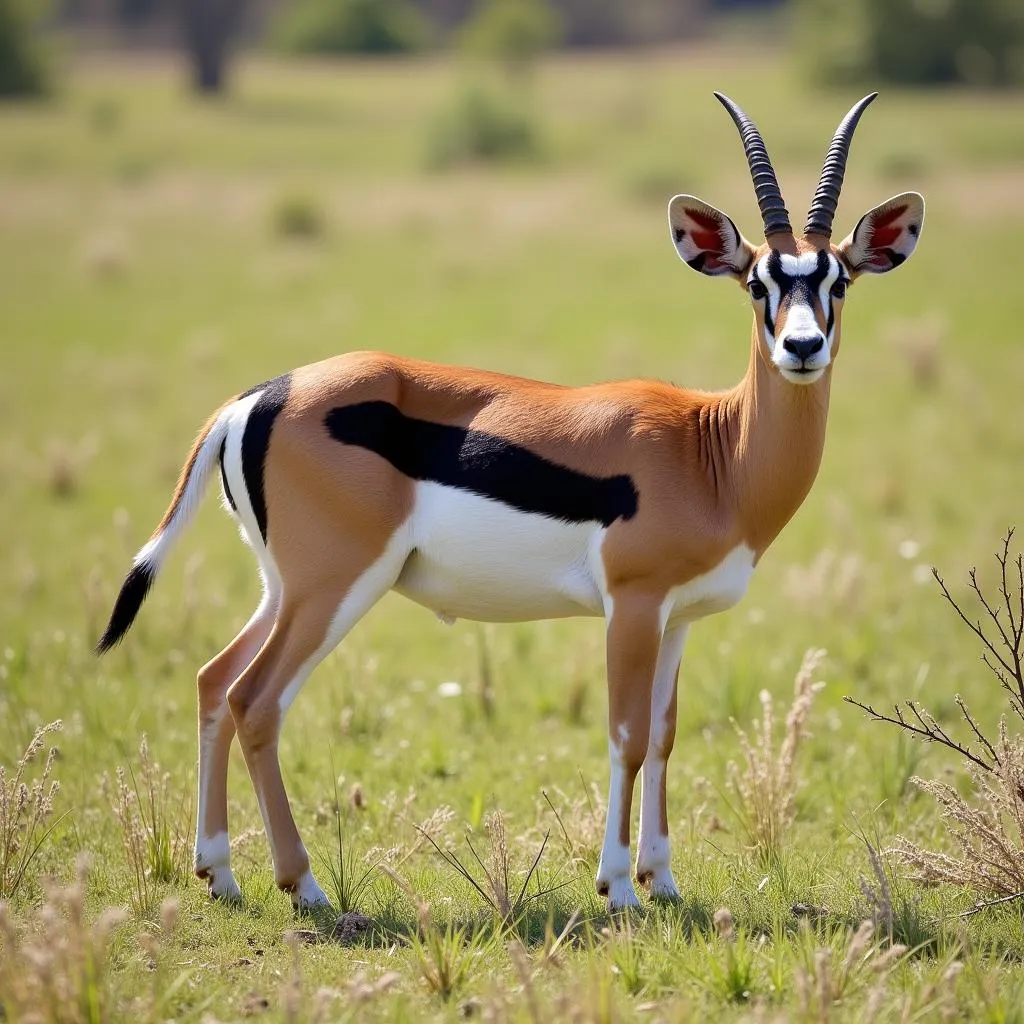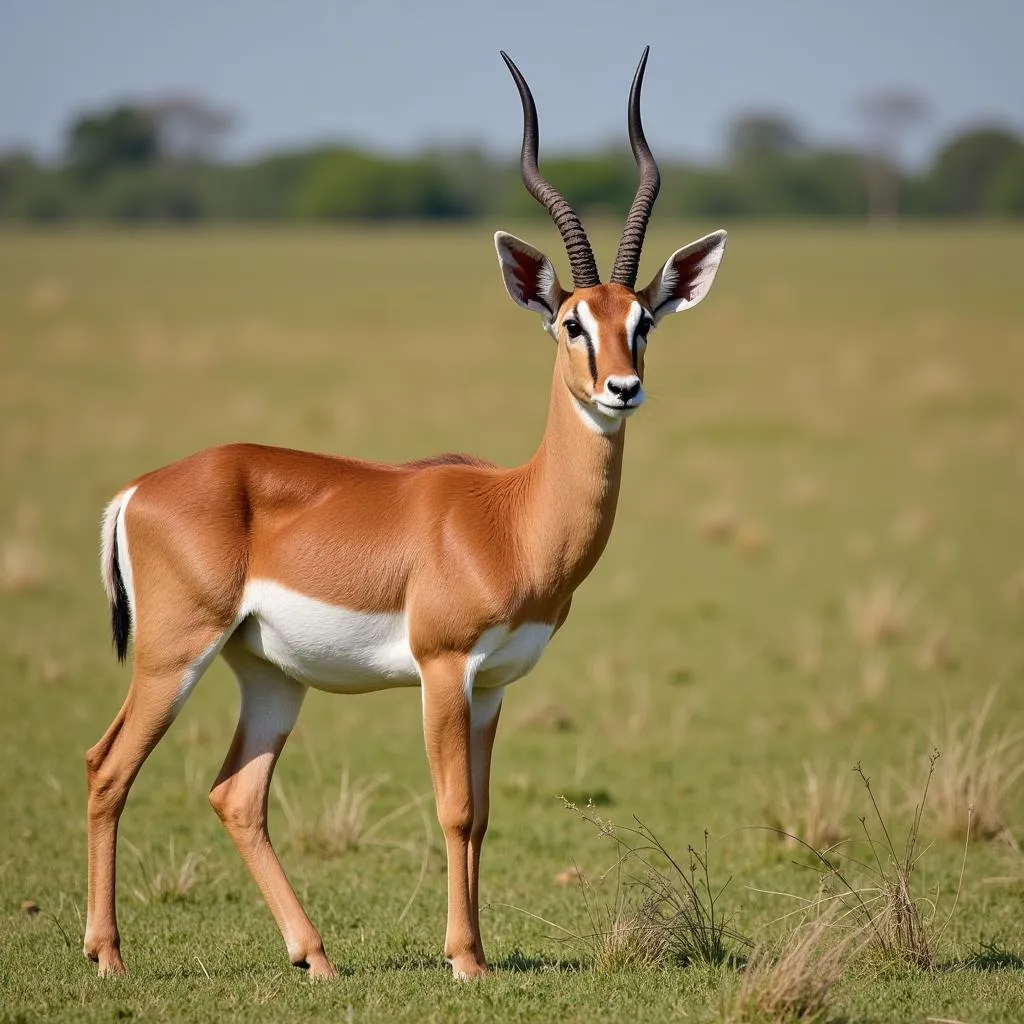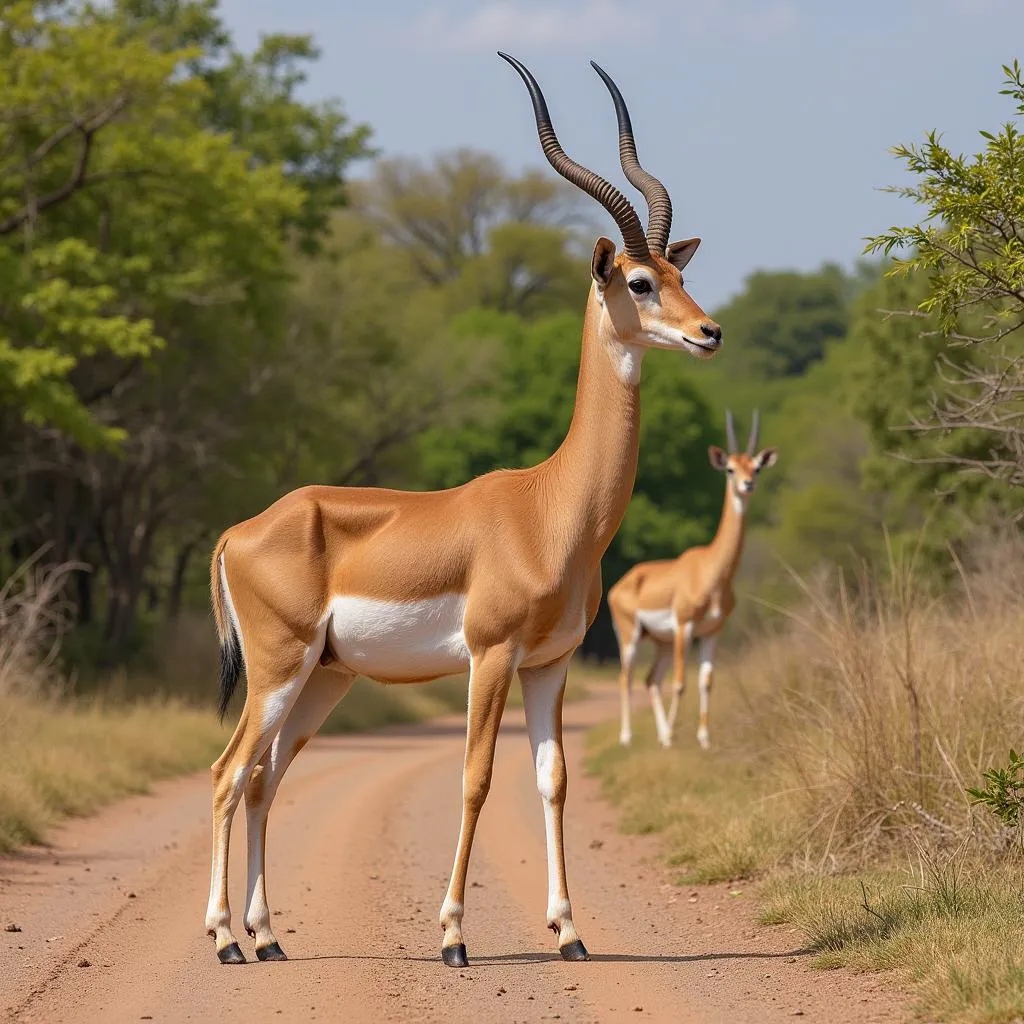African Gazelle Species: A Guide to These Graceful Antelope
The African continent is home to a diverse array of wildlife, and gazelles are a captivating sight to behold. These graceful antelopes are known for their speed, agility, and distinctive horns. From the vast plains of the Serengeti to the arid deserts of Namibia, different gazelle species thrive across various habitats. In this comprehensive guide, we’ll delve into the fascinating world of African gazelles, exploring their unique characteristics, habitats, and conservation status.
A Glimpse into the World of African Gazelles
Gazelles are members of the Bovidae family, which includes antelopes, cattle, goats, and sheep. They are herbivores with long, slender legs and a characteristically long, arched neck. These adaptations allow them to reach speeds of up to 60 miles per hour when fleeing from predators, making them one of the fastest land mammals.
African Gazelle Species: A Closer Look
Africa is home to several gazelle species, each with its own unique features and adaptations. Here’s a closer look at some of the most notable:
Thomson’s Gazelle
 Thomson's Gazelle: A Small, Graceful Antelope in Africa
Thomson's Gazelle: A Small, Graceful Antelope in Africa
Grant’s Gazelle
 Grant's Gazelle: Large Antelope with Long, Curved Horns
Grant's Gazelle: Large Antelope with Long, Curved Horns
Gerenuks
 Gerenuks: Giraffe Antelopes with Long Necks for Browsing
Gerenuks: Giraffe Antelopes with Long Necks for Browsing
African Gazelle Habitat
Gazelles are adapted to live in various habitats, from open grasslands to arid deserts. Here are some of the key environments they inhabit:
- Grasslands: The vast grasslands of Africa, like the Serengeti, provide abundant food and space for gazelles. Here, they roam in large herds, grazing on grasses and herbs.
- Savannas: Savannas, characterized by a mix of grasslands and trees, also provide suitable habitat for many gazelle species.
- Deserts: Some gazelle species have adapted to survive in arid desert environments like the Namib Desert. These gazelles are highly efficient at conserving water and can survive for long periods without drinking.
Conservation Status
While gazelles are relatively abundant in some areas, others face threats to their survival. Here are some challenges they face:
- Habitat Loss: As human populations expand, natural habitats are being converted for agriculture, urbanization, and infrastructure development. This reduces the availability of food and space for gazelles.
- Hunting: Poaching and hunting for bushmeat continue to threaten populations in some regions.
- Climate Change: Climate change impacts the environment, altering rainfall patterns and increasing the frequency of droughts, which can affect the availability of food and water.
FAQs About African Gazelles
Q: How fast can African gazelles run?
A: Gazelles are known for their speed. They can reach speeds of up to 60 miles per hour.
Q: What is the main threat to African gazelle populations?
A: Habitat loss, hunting, and climate change are the primary threats facing many gazelle species.
Q: Where can I see African gazelles in the wild?
A: You can see many gazelle species in national parks and reserves throughout Africa, including the Serengeti National Park in Tanzania and the Maasai Mara National Reserve in Kenya.
Conclusion
African gazelles are an integral part of the African ecosystem, adding beauty and grace to the landscapes they inhabit. Their speed, agility, and unique adaptations have made them a captivating subject of study for scientists and wildlife enthusiasts alike. Understanding the challenges facing these fascinating creatures is crucial for their continued survival. By promoting conservation efforts and raising awareness about their importance, we can ensure that future generations have the opportunity to witness the wonders of African gazelles.
Need help with wildlife conservation?
Contact us today for support!
Phone: +255768904061
Email: kaka.mag@gmail.com
Address: Mbarali DC Mawindi, Kangaga, Tanzania.


